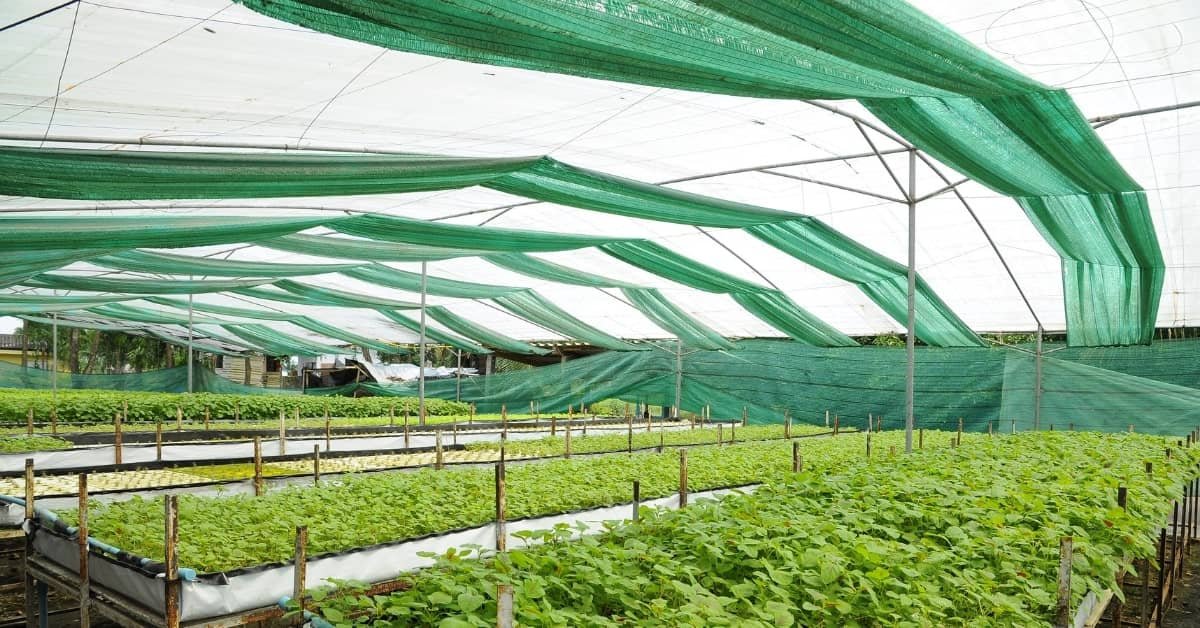Difference between net house and lath house: A net house and a lath house are two different types of greenhouses. A net house is made of a lightweight plastic mesh that covers the entire greenhouse. A lath house is made of thin strips of wood that are placed over a greenhouse frame. Net houses are cheaper to build than lath houses, but they do not last as long. Lath houses are more expensive to build, but they last longer.
What is Net House?
A net house is a garden structure that can be used to cover crops or fruit trees from the elements. It is made of netting stretched over a metal frame and is usually supported by poles. Net houses can be used to provide shade in the summer and protect plants from frost in the winter. They are also useful for small gardens like nurseries, as they take up very little space.
What is Lath House?
Lath houses are a type of greenhouse that was popular in the 1800s and early 1900s. They are made of narrow strips of wood, called laths, which are nailed to a framework of timber. The laths allow air and light to circulate, and the framework protects the plants from wind and snow. Lath houses can be used to grow vegetables, flowers, or fruit trees.
Difference between net house and lath house
| Net house | Lath house |
| 1. Net houses are basically naturally ventilated climate controlled. | 1. Lath house is a house for plants during winter sides may be covered by plastic sheeting, which will furnish additional protection from the winter cold. |
| 2. Crops are grown under a favorable controlled environment and other conditions | 2. A valuable asset in raising seedlings, rooted cuttings, and young rhododendron plants prior to setting them out in the garden. |
| 3. In conventional agronomical practices, the crops are being grown/cultivated in the open field under natural conditions where the crops are more susceptible to sudden changes in climate | 3. It protects plants that are sensitive to high light intensity and also protects them from the excessive winter cold. |
| 4. It controlled temperature, humidity, light intensity, soil media, disease control, irrigation, and other agronomical practices throughout the season irrespective of the natural conditions outside. | 4. It modifies the environment in which they are growing by offering protection from hot, drying summer winds, reducing the intensity of the sunlight, lowering temperatures, and maintaining a higher humidity. |
